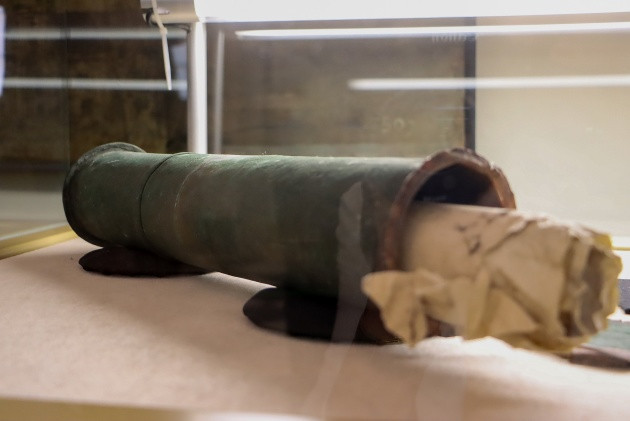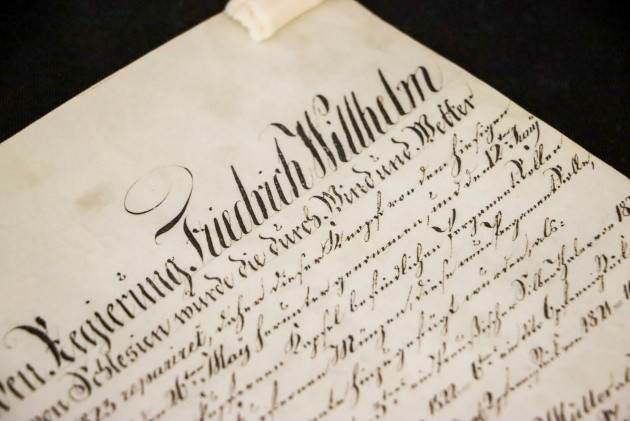During restoration efforts at a gothic cathedral in southwestern Poland, restorers uncovered what historians are calling the oldest time capsule in the world, buried more than 370 years ago.
This was reported by TVP.
The find was made during restoration work at the Cathedral of Saints Peter and Paul in Legnica, a city in Lower Silesia, Poland. Earlier this month, a commission opened a container that held four documents and 35 coins made of gold, silver, and copper.
“The oldest parchment document is dated July 18, 1650. It was placed there during the reconstruction of the tower, which had been destroyed in a major fire in Legnica two years prior,” said Marcin Makuch, director of the Copper Museum in Legnica.
In total, the capsule contained five gold, 26 silver, and four copper coins. Among the most valuable finds were two gold coins issued by Duke George Rudolf of Legnica: a ducat from 1621 and a thaler from 1607. Historians assert that the capsule was updated several times. In 1775, local residents added two documents and 23 coins, many of which are associated with the reign of Frederick II of Prussia, better known as Frederick the Great. Additionally, four silver coins from Polish King Augustus III were included. In 1823, the capsule was replenished again, this time with a document and ten coins issued during the reign of Prussian King Frederick William III. According to the Legnica Museum, this discovery holds international significance. The oldest found item is 375 years old, making this capsule older than other known time capsules, including those found in Wawel Castle in Poland (1716), the city of Wschowa (1726), and Boston in the USA (1761). Previously, the oldest known example was a 1704 capsule from the town of Niedźwiedzica, located in the same region of Poland. Time capsules, often placed in church towers or town halls, were traditionally used to leave messages for future generations during significant renovations or symbolic events. The museum announced that the capsule and its treasures will be presented to the public on September 19 during a special exhibition at the Legnica Cathedral.









